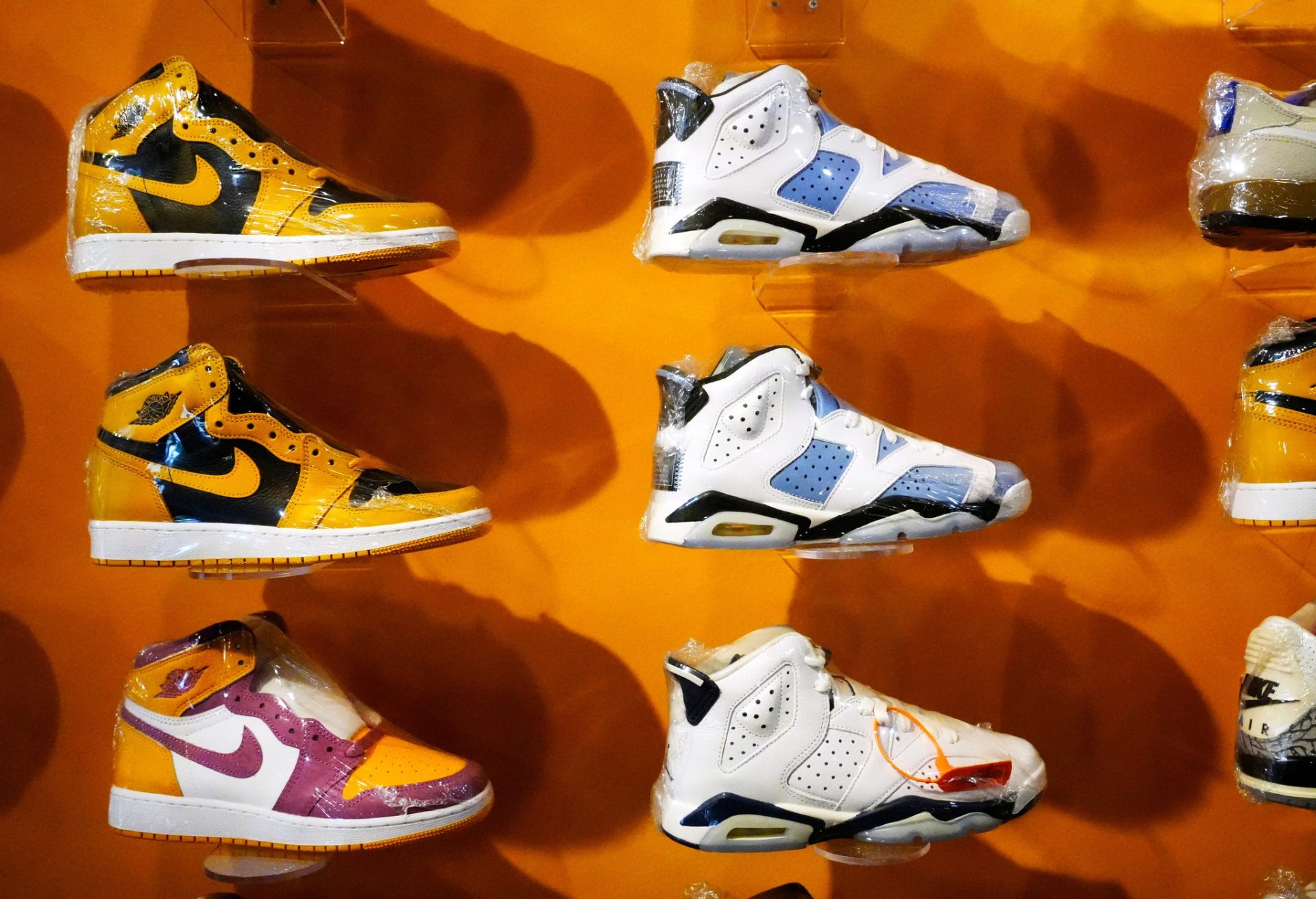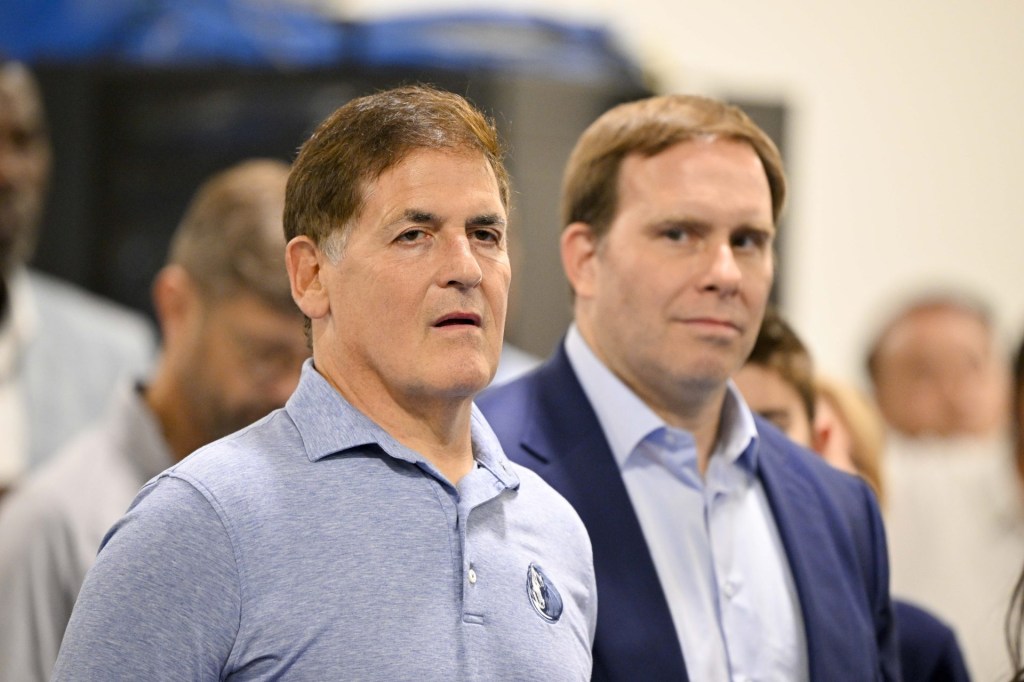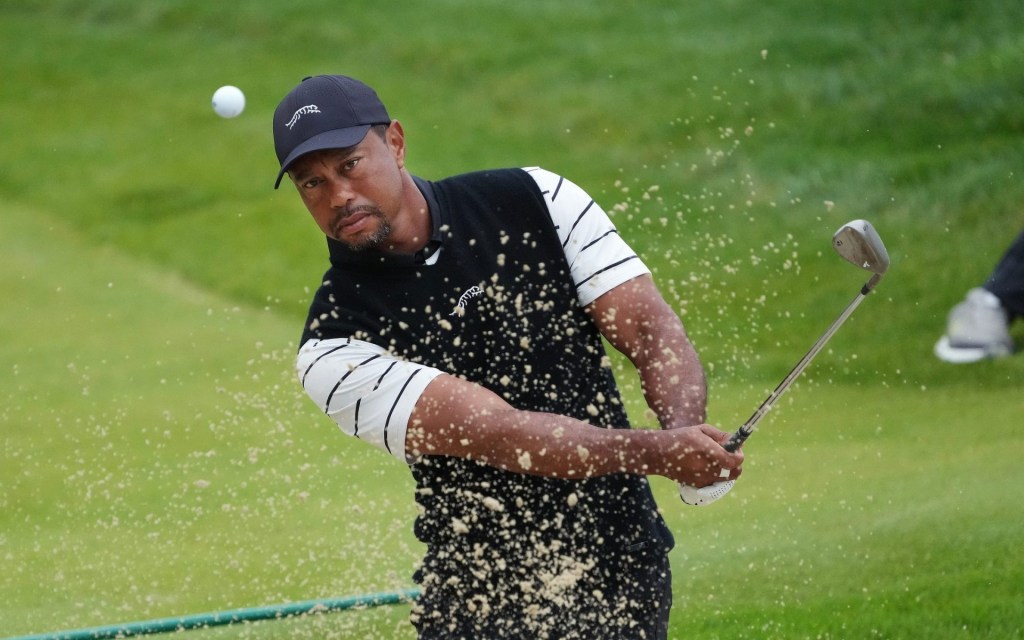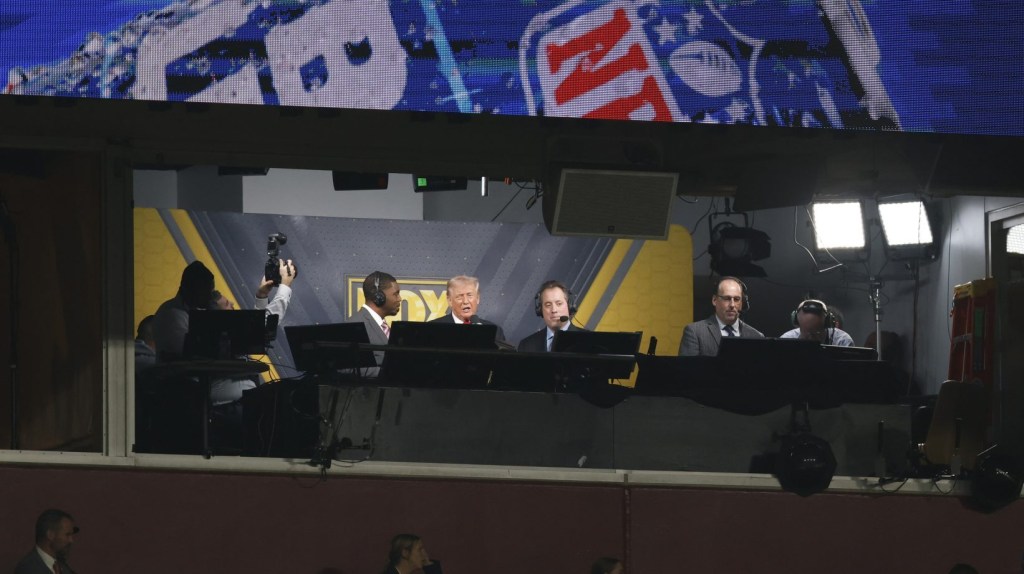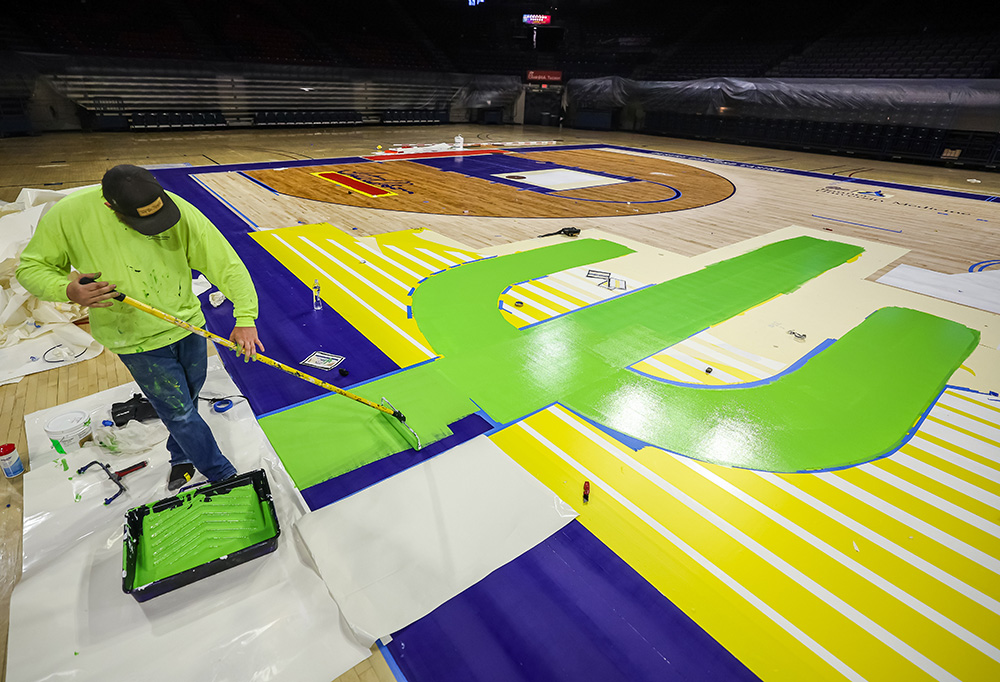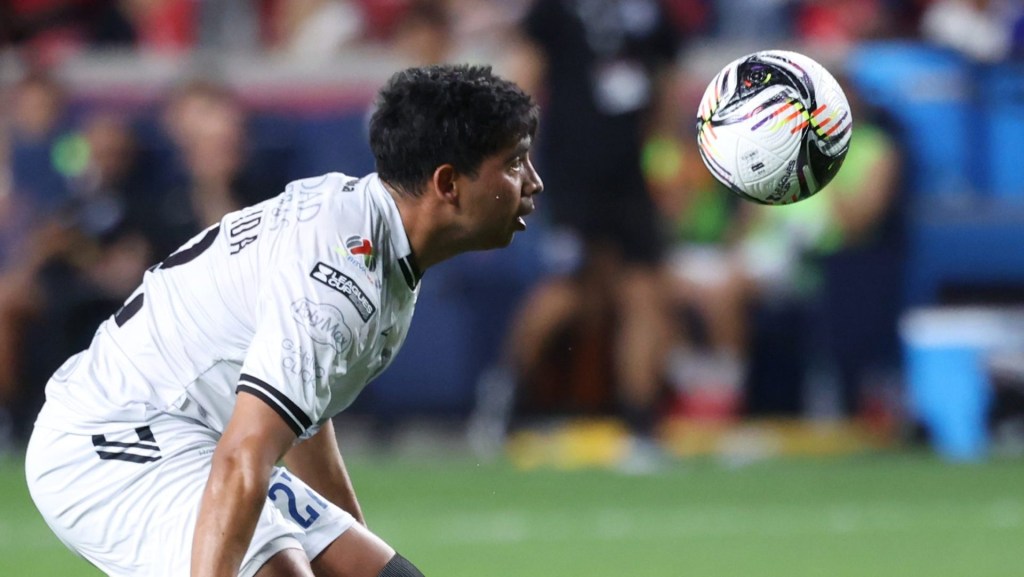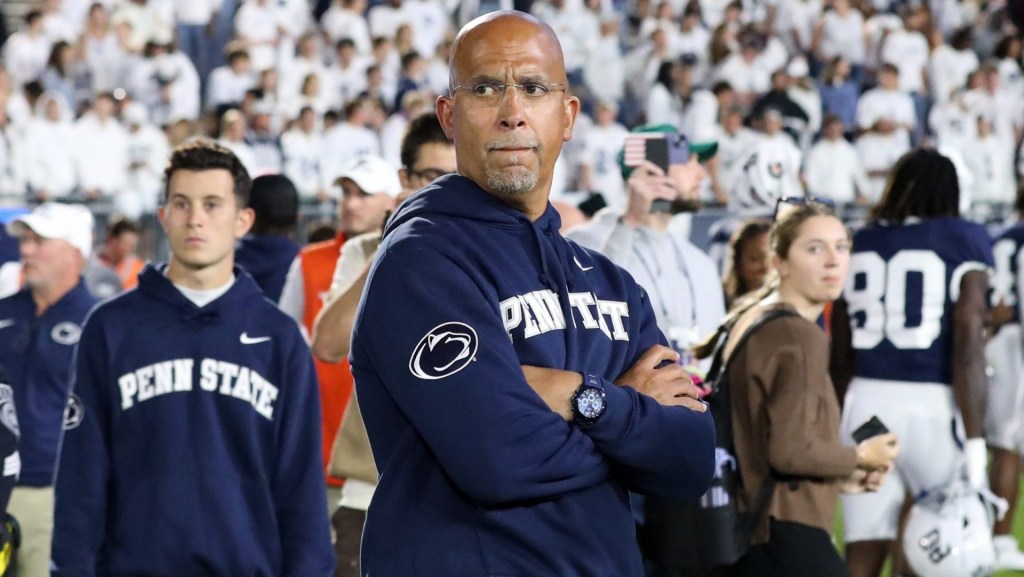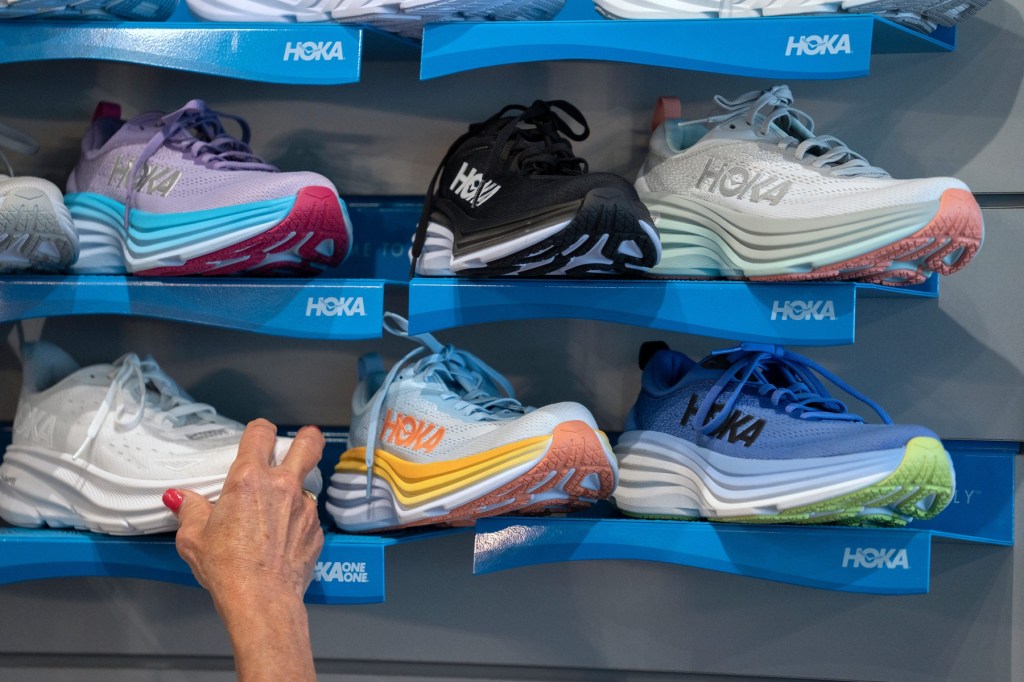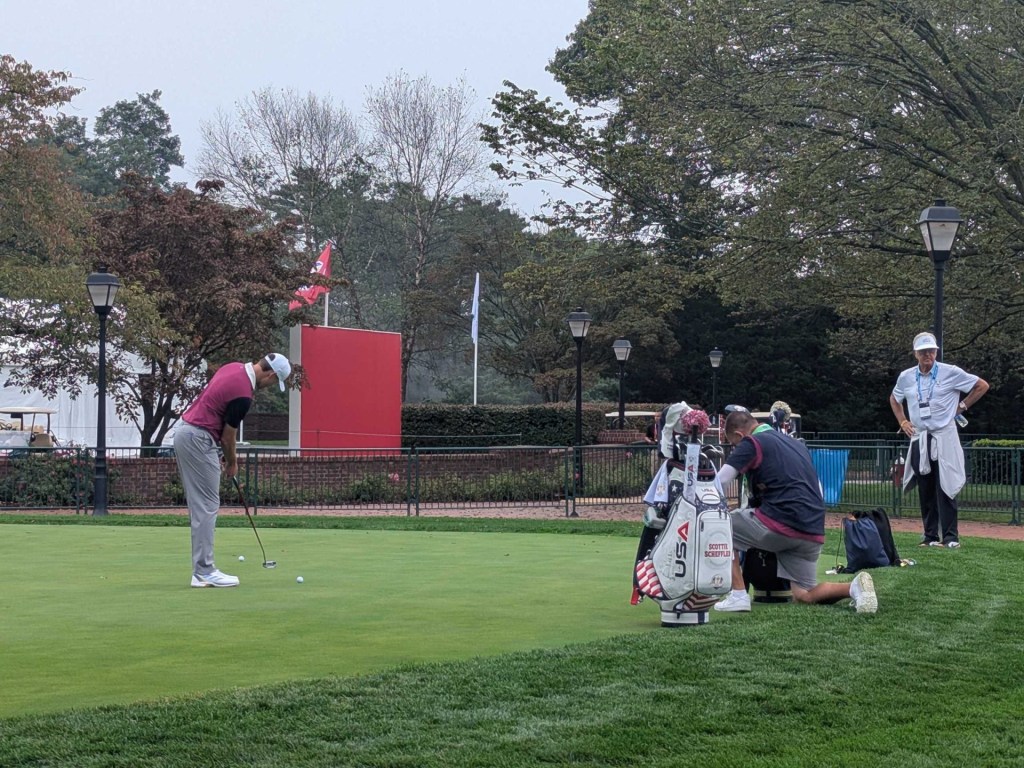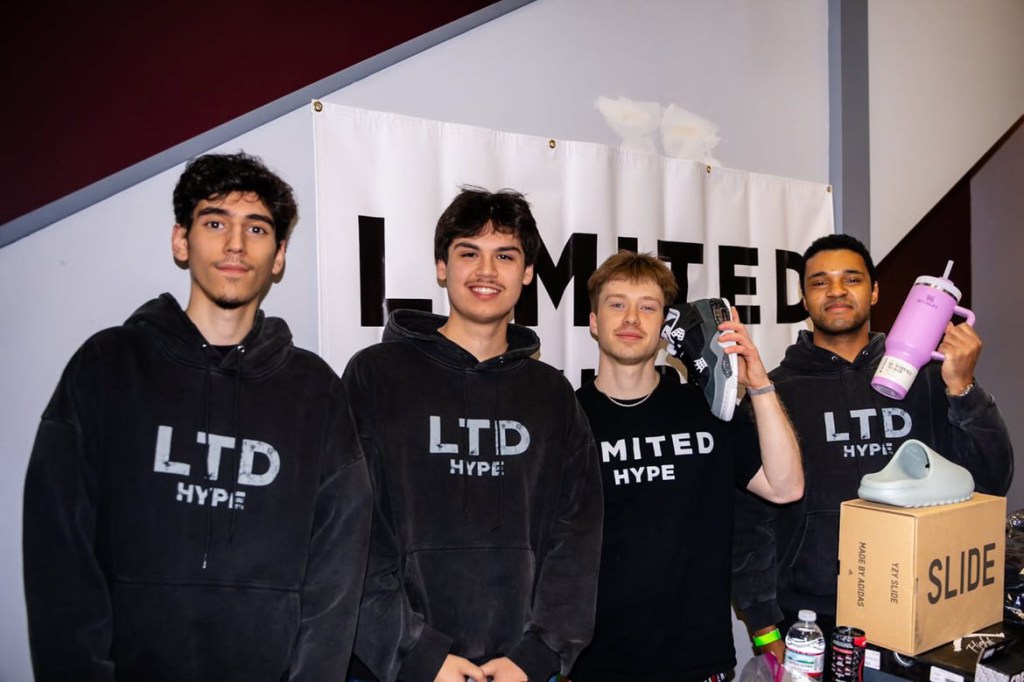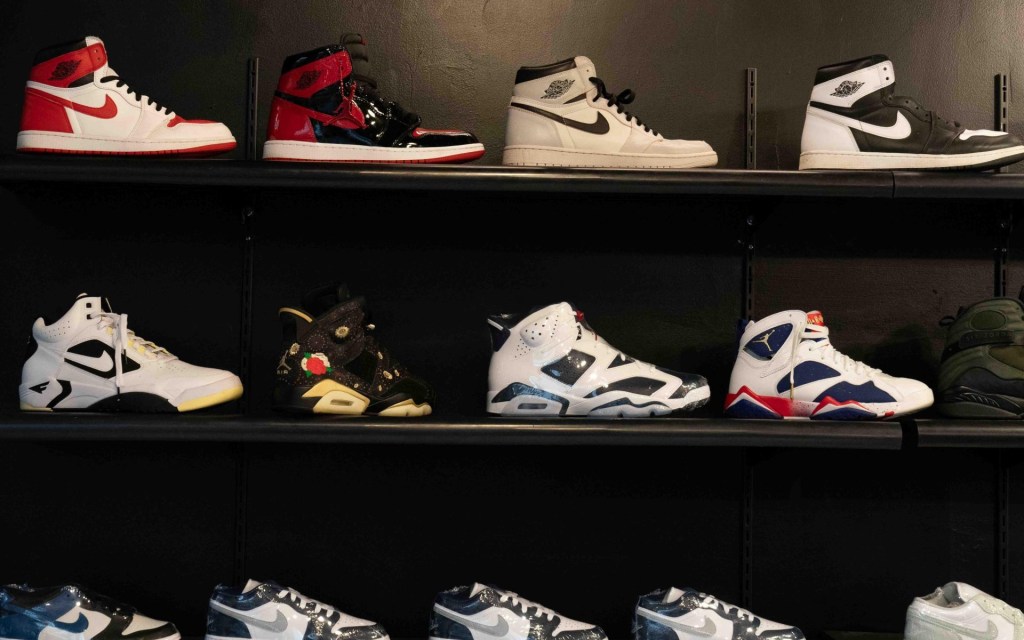President Trump says his tariffs are liberating the U.S., but small and local sports retailers are facing massively increased costs that could cripple their business.
Trump on Wednesday unveiled a 10%, across-the-board tariff on all imports, and higher rates for nations that are considered bad actors on trade, such as China, Cambodia, and Vietnam. The news roiled the global markets and caused shares of major retailers like Nike and Adidas to nosedive.
Mark Cuban took to social media Thursday to rip Trump’s tariffs, saying “the unrecognized failure of the Trump tariffs approach is that he is depending on big global companies to create manufacturing jobs here. He has completely ignored entrepreneurs and innovators.”
Shai Branover, who runs Diamant Skiing—a ski and snowboard gear startup focused primarily on backpacks that can hold everything one needs for a ski trip—replied to Cuban, saying it’s “really brutal” for businesses like his.
Branover’s company was formed in New York City in 2023, and including him it has only three employees, all of whom still work other jobs to make ends meet. Diamant produces its products in Vietnam, which is set to be hit with a 46% tariff. He says if nothing changes, the company is facing a nearly $100,000 tariff bill “that would put us out of business.”

“You can argue that places like Nike can take the financial hit,” Branover tells Front Office Sports. “Now, they aren’t, the consumer is going to. That’s just how it works. But for us, we either somehow front this bill or our company ceases to exist. That’s basically killing industry and innovation in the U.S.”
Small businesses, which the U.S. Small Business Administration defines as those with 500 or fewer employees, are a critical component of the U.S. economy. As of last summer, the SBA reported that 99.9% of U.S. businesses were small, employed nearly 46% of American workers, and accounted for 43.5% of U.S. gross domestic product.
In planning for 2025, Diamant tried to factor in potential financial issues, including tariffs, by building in an emergency “if things go wrong” budget of $30,000, which Branover says is a “massive budget for us.”
“We thought the tariff rate might go up 10%,” he says. “It didn’t seem like [Trump] was going to attack Vietnam. That was the smart move the last five years, go to Vietnam because if you stay in China, you’ll deal with problems.”
Unlike during the first Trump administration, when many retailers reacted to his tariffs on China by moving manufacturing to other countries like Vietnam, the new tariffs are so all-encompassing that there’s no “safe haven” for businesses like Diamant, Branover tells FOS.
East of New York City, in the town of East Setauket on Long Island, Schwab’s 2nd Wind sells shoes made by the likes of Nike, ASICS, and New Balance. It’s a family-run sneaker store that’s been in business for more than four decades. Schwab’s also makes its own branded products, including t-shirts and sweatshirts—and those items are manufactured in Vietnam, too.
Joe Schwab, whose father and grandfather started the business in 1979, tells FOS the family is doing their best to be prepared for the possible ramifications of tariffs, which could push the price of a pair of sneakers from $140 to $210 once existing inventory runs out in a few months.
“We’re always keeping an eye on it, but it’s also hard to prepare because we could get to Monday and everything is different,” he says. “We’re hoping it’s just a really, really heavy negotiating tactic, and that after a week or two, the storm has passed and we can keep rolling as normal.”
If 2nd Wind is forced to implement the price hike, Schwab worries customers will simply start buying new sneakers less often.
“That could lead to people pushing the limits of their sneakers,” he says. “Someone who usually buys four pairs of sneakers a year, they might not be able to afford to do that with the new price.”
Sneaker prices were on the rise even before the new tariffs, according to Beth Goldstein, a sneaker industry analyst at Circana. She says they’re about 25% higher than they were in 2019, and the reasons are twofold: an uptick in suggested retail prices from manufacturers because of higher supply chain costs, as well as a growing market for popular brands that generally sell at a higher price point.
Meanwhile, it’s not as simple as companies moving the manufacturing of products like sneakers into the U.S. In fact, there are materials used in some shoes, like foams made with certain chemicals, that are prohibited in U.S. manufacturing. So unless regulations get rolled back, moving manufacturing into the U.S. will be a massive challenge.
“The foams and materials that go into creating some of the shoes, it’s actually illegal for American employees to work with for environmental reasons,” Schwab says. “So even if all the companies said ‘let’s produce in America,’ they’d have to completely reinvent what they’re doing.”
Branover and Schwab both said that one of the most challenging aspects of all this is the fact that Trump’s tariffs could go just as soon as they came. Is it worthwhile to initiate conversations about moving manufacturing out of Vietnam if it turns out the tariff was just a negotiating ploy?
To that end, on Friday, Trump posted on social media that he had a “very productive call” with the general secretary of the Communist Party of Vietnam, who he says wants to make a deal and could be willing to cut their tariffs on the U.S. down to zero.
“It’s the planning aspect, how to handle this going forward, that’s the hardest part,” Branover says.
White House spokesman Kush Desai tells FOS that the Trump administration’s “America First economic agenda,” which includes the tariffs implemented this week, will “restore American Greatness from Main Street to Wall Street.”
